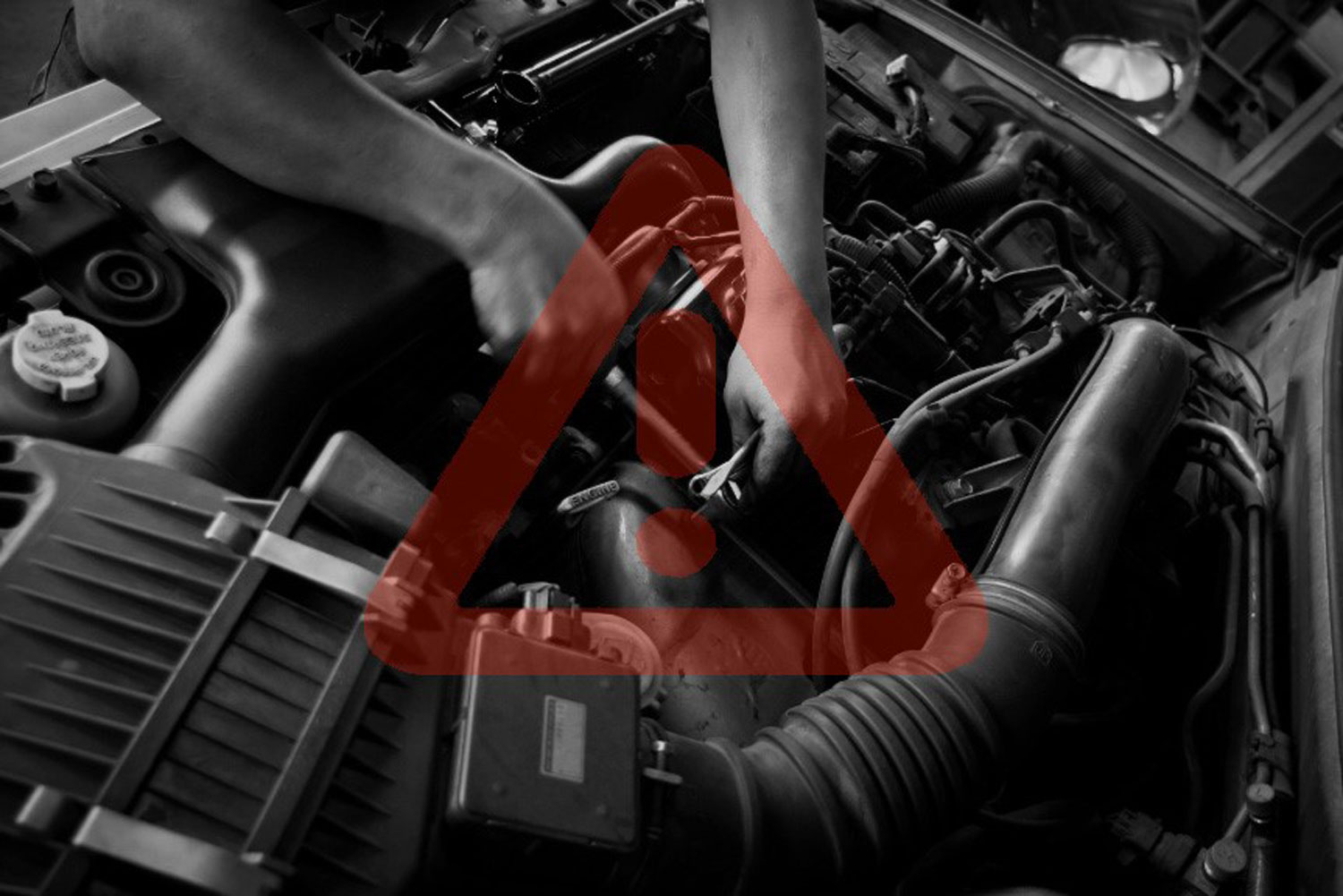Asbestos gained popularity as a ‘miracle mineral’ in the early 1900s by virtue of its qualities such as resistance to heat, fire, chemical, and biological attack, as well as good tensile strength, flexibility, and durability. For these reasons, asbestos was used as a component of brakes in automobiles, heavy equipments, and cranes. The automobile industry chose chrysotile asbestos because it could resist extreme temperature, stress, and pressure thus ensuring safety as automobiles were designed to be larger, heavier, and faster in the 20th century. Reportedly, around 3000 different products were made from asbestos.
Asbestos content in automobile brakes ranges from 30-80%. Prior to the 1980’s, brake linings that contained asbestos were used in heavy construction equipment such as bulldozers, backhoes, and tractors. Brake linings are used in both heavy as well as passenger vehicles, but brake blocks are used in heavy vehicles only. Most of the times, the brake blocks and linings are detached from their supports and do not have holes when marketed. This makes manipulation processes necessary in order to attach the brake linings and blocks to the supports. Asbestos exposure in heavy duty vehicle brake repair shops is higher because the manipulation process and the size of the brake products differ. Asbestos is also present in electrical insulation, clutches, engine heat shields, gaskets and valves, heat seals, hood liners and other engine components.
Due to the health effects caused by asbestos exposure, the use of asbestos in the United States has sharply decreased since the 1970’s. Asbestos is the only cause of mesothelioma, a deadly form of cancer that can affect the lungs, stomach, and heart. Over the last three decades, evaluation of asbestos exposure and potential risk of asbestos-caused diseases among automobile mechanics has been given importance.
How do Mechanics get exposed to Asbestos?
More than a million automotive and heavy equipment mechanics work in the United States, spending most of their time in inspection, repair, and maintenance of equipment. Regardless of the type of mechanic an individual is, there is always a risk of getting exposed to toxic asbestos fibers while working on old parts and newer parts that contain up to 1% asbestos. When automobile parts such as brakes, clutches, and heat seals start disintegrating, asbestos escapes into the air and settles on the clothes of automobile mechanics, which can even be carried home, exposing people who live in the homes of mechanics.
Repair shops usually have poor indoor air quality due to inadequate air circulation. This makes it even more dangerous for mechanics, as asbestos fibers remain entrapped within the shop. Apart from this, mechanics involved in beveling and cleaning the surface of brakes using an air hose to blow out the dust can be exposed to asbestos. Asbestos brake linings wear down due to friction during normal use and the asbestos dust collects in the brake housing. When the housing is opened during brake repair, the dust gets released and inhaled by the mechanic. When the work area is cleaned after the job, asbestos fibers tend to spread to the surrounding area and can linger as far as 75 feet from the work area exposing other mechanics and people visiting the shop.
How can mechanics protect themselves from getting exposed to asbestos?
Automobile mechanics and heavy vehicle repair personnel continue to be in danger of asbestos exposure. Though most asbestos uses were stopped several decades ago, imported brake pads and friction products may contain asbestos and therefore, mechanics are still likely to be exposed to asbestos. Additionally, when old vehicles are repaired, old brake pads will be removed releasing asbestos dust to the air. It is better to assume that all brake shoes are made up of asbestos and follow proper precautions to avoid asbestos from getting dispersed into the air. The Occupational Safety and Health Administration (OSHA) also advises mechanics to assume all brakes comprise of asbestos as mere visual inspection is insufficient to conclude whether brakes contain asbestos or not.
In order to protect automobile mechanics from asbestos exposure, the US Environmental Protection Agency (EPA) and the OSHA have set up guidelines that help maintain safe workplaces. When jobs related to automobile brakes are done at a commercial automobile repair shop, the place must use several methods that ensure safety at work. The EPA has established regulations regarding the handling of asbestos materials, which include use of the following cleaning mechanisms:
- Negative-pressure enclosure or HEPA vacuum system
- Low pressure/wet cleaning system
- Wet wipe method (if only a few brake jobs take place in a week)
Mechanics can prevent asbestos exposure by taking additional steps such as:
- Using parts that are ready to be installed instead of the ones that need grinding, cutting or drilling. Use of pre-ground parts can significantly reduce the amount of asbestos dust from getting into the air.
- Use of products made of safe alternatives such as ceramic, metallic, and Kevlar brake pads.
Lastly, it’s quite important for mechanics to remove work clothes before going home as this avoids asbestos dust from affecting family members at home.
About the author
Gregory A. Cade, the author is the founder and principal attorney at Environmental Litigation Group, P.C. He is an Industrial Hygiene degree holder with a solid science background, with more than 2 decades of experience in this field.
References:
https://www.researchgate.net/publication/260093817_Personal_exposure_to_asbestos_and_respiratory_health_of_heavy_vehicle_brake_mechanics
https://www.mesothelioma.com/asbestos-exposure/occupations/mechanics/
https://www.asbestos.com/occupations/auto-mechanics/







